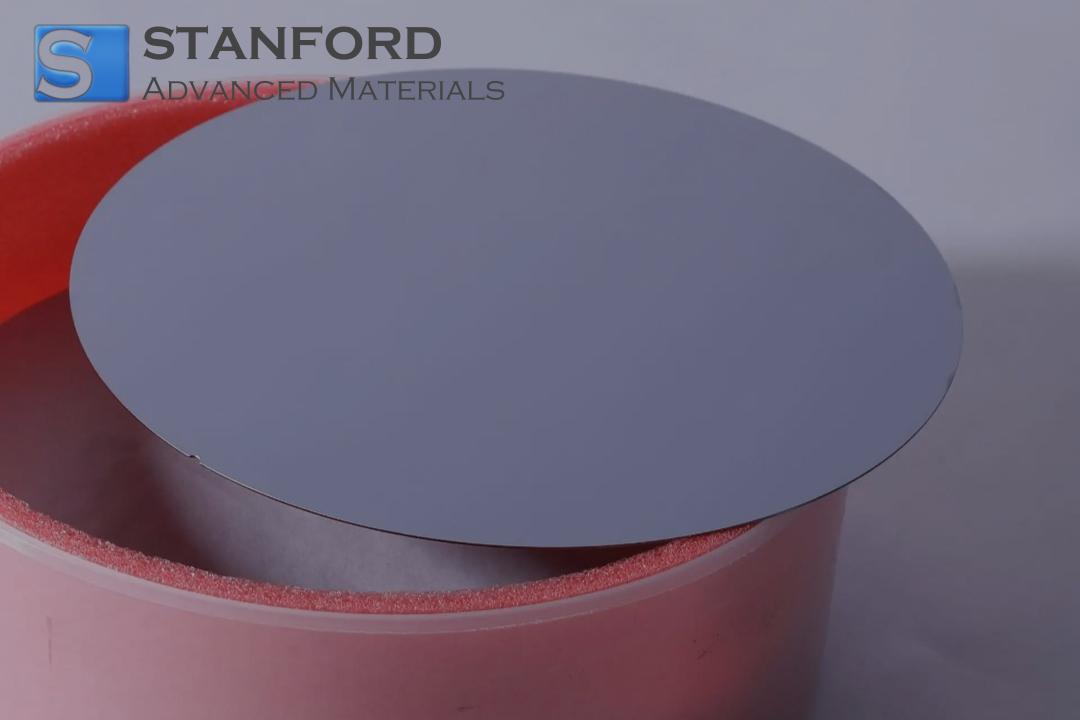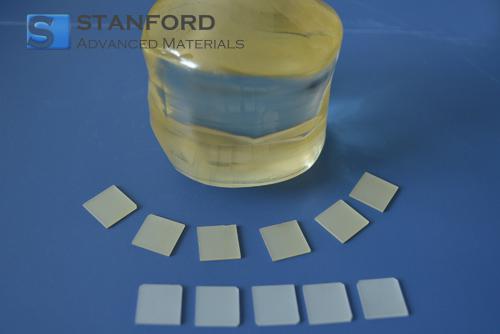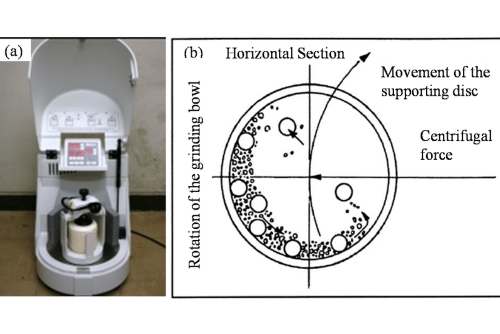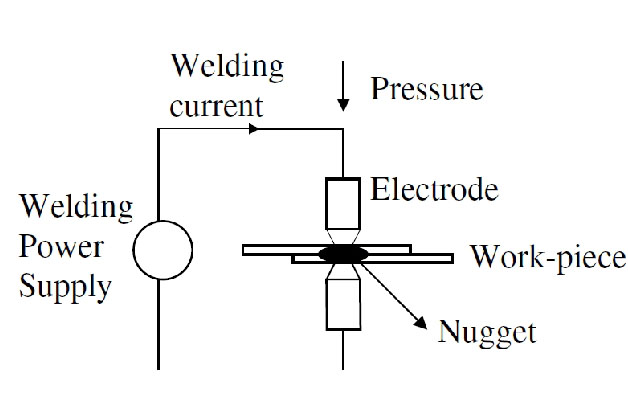Perovskites and Perovskite Solar Cells: A Comparative Overview
What Are Perovskites and Perovskite Solar Cells?
Perovskites are a group of minerals with a distinct crystalline structure. They are not rare when produced in laboratories. Scientists utilise these lab-made materials to construct solar cells. The resulting perovskite solar cells convert light into electricity. They demonstrate good performance and can be made at a low cost. The structure of these materials assists in improving light absorption and charge transfer. Numerous research groups utilise perovskite solar cells to enhance solar energy conversion.
These solar cells have attracted considerable attention over recent years. They feature high light absorption and a straightforward manufacturing process. Their performance competes with that of older technologies. Many engineers compare these cells with traditional silicon solar cells. This discussion facilitates our understanding of how a perovskite solar cell can contribute to future energy requirements.
Structure and Materials for the Perovskite Solar Cell
Substrate
The substrate serves as the base of the solar cell. It provides physical support and holds other layers in position. Common substrates include glass or flexible plastic materials. These materials offer durability and stability. In many instances, the choice of substrate helps to lower costs and simplify installation.
Transparent Conductive Layer
The subsequent layer is the transparent conductive layer. This layer allows light to reach the active zones. It also conducts electricity generated within the cell. Materials such as Indium Tin Oxide or fluorine-doped tin oxide are employed here. They merge the need for transparency with effective electrical conduction.
Electron Transport Layer
The electron transport layer plays a crucial role in relocating electrons away from the perovskite layer. Materials such as titanium dioxide are common choices. This layer aids in preventing the recombination of electrons and holes. In doing so, it boosts the overall efficiency of the solar cell.
Perovskite Layer
The perovskite layer is the core component of the device. It contains the perovskite crystals that absorb light. When light interacts with this layer, it generates pairs of electrons and holes. This process is critical for the conversion of solar energy into electrical energy. The perovskite layer is typically formed via a simple solution process that is less costly compared to other methods.
Hole Transport Layer
Following the perovskite layer, the hole transport layer is activated. This layer transports positive charges away from the perovskite. It uses materials such as spiro-OMeTAD or other organic compounds. The layer guarantees that the positive charges reach the metal electrode efficiently. This process mitigates losses and enhances cell performance.
Metal Electrode
The final layer is the metal electrode. This layer collects the charges that have traversed the layers. Suitable choices for the metal electrode include silver or gold. The metal electrode completes the electrical circuit in the solar cell. Its role is critical for the extraction and collection of the generated electricity.
How Does the Perovskite Solar Cell Work?
Light Absorption
The operational process commences with light absorption. When the sun illuminates the perovskite layer, the material absorbs the light. The perovskite crystals possess a high absorption coefficient. The absorbed light creates electron-hole pairs. This is the initial stage in converting solar energy to electricity.
Charge Separation
Once the light is absorbed, the charge separation stage ensues. The electron transport layer extracts electrons from the perovskite layer. Concurrently, the hole transport layer retrieves the positive charges. This separation prevents the premature recombination of the charges. A clear pathway is established for each type of charge.
Charge Collection
The concluding step is charge collection. The separated charges arrive at the metal electrode and the conductive layer. They form an electrical current. This current can then be utilized for practical applications. Each layer of the solar cell functions collectively to achieve this outcome. The process is clear yet effective.
Perovskite versus Other Solar Cell Technologies
Silicon Solar Cells
Silicon solar cells have maintained their position as the standard for many years. They perform well and offer long-term stability. However, a silicon solar cell requires high energy to manufacture. Perovskite solar cells necessitate less energy in production. They can be produced through simpler methods. This distinction renders them an appealing alternative.
Thin-Film Solar Cells
Thin-film solar cells encompass materials such as cadmium telluride and copper indium gallium selenide. These cells are lightweight and more flexible than silicon cells. Perovskite solar cells share some of these advantages. They are also flexible in design and can be produced using roll-to-roll systems. In certain tests, perovskite solar cells have exhibited higher efficiency over a short period. This has captured the interest of numerous engineers.
Organic Photovoltaics
Organic photovoltaics utilise carbon-based materials to convert light into electricity. They present the advantage of being inexpensive and flexible. However, they generally demonstrate lower efficiency and reduced longevity. Perovskite solar cells offer a balanced option. They combine the ease of processing seen in organic photovoltaics with a higher efficiency. This makes them suitable in various settings including building-integrated photovoltaics.
Conclusion
Perovskites and perovskite solar cells have altered the perception of solar energy. Their simple structure and cost-effective processes attract many researchers and industry groups. While challenges regarding stability and longevity persist, the advantages of lower production costs and high efficiency are promising. This overview indicates that perovskite solar cells maintain a significant presence among other solar cell technologies. As research progresses, these cells may become a common fixture in our energy landscape.
Frequently Asked Questions
F: Are perovskite solar cells stable over time?
Q: Stability is improving. Many laboratories are developing coatings and encapsulation
to safeguard the material.
F: What is the main component of a perovskite solar cell?
Q: The perovskite layer is essential as it is responsible for light absorption
and charge generation.
F: How do perovskite solar cells compare with silicon solar
cells?
Q: They are simpler and cheaper to produce, but silicon cells still lead in
long-term stability.

 Bars
Bars
 Beads & Spheres
Beads & Spheres
 Bolts & Nuts
Bolts & Nuts
 Crucibles
Crucibles
 Discs
Discs
 Fibers & Fabrics
Fibers & Fabrics
 Films
Films
 Flake
Flake
 Foams
Foams
 Foil
Foil
 Granules
Granules
 Honeycombs
Honeycombs
 Ink
Ink
 Laminate
Laminate
 Lumps
Lumps
 Meshes
Meshes
 Metallised Film
Metallised Film
 Plate
Plate
 Powders
Powders
 Rod
Rod
 Sheets
Sheets
 Single Crystals
Single Crystals
 Sputtering Target
Sputtering Target
 Tubes
Tubes
 Washer
Washer
 Wires
Wires
 Converters & Calculators
Converters & Calculators
 Write for Us
Write for Us


 Chin Trento
Chin Trento



